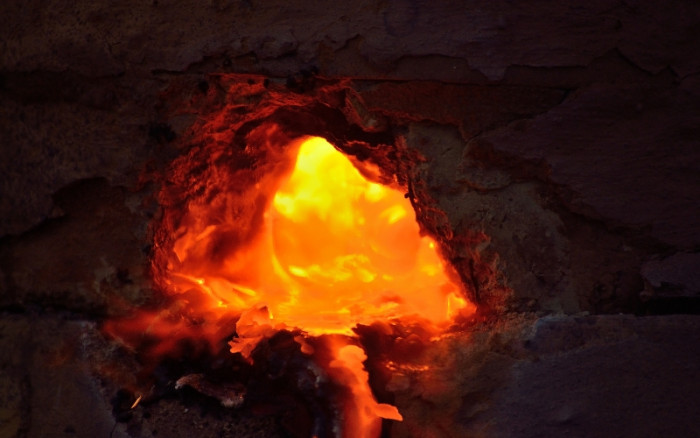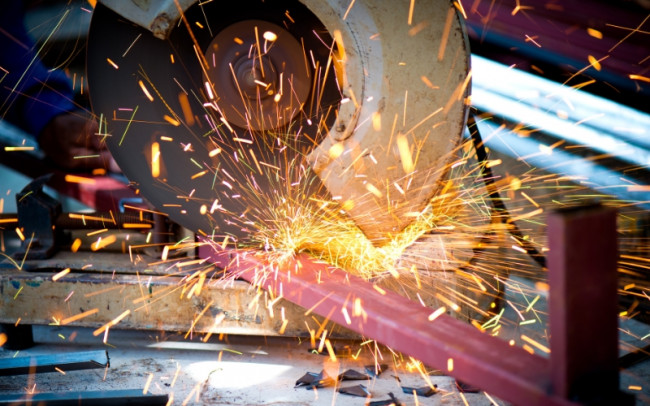 Casting is the process of creating a solid object by pouring liquid material into a mold and allowing it to solidify. Casting is a widely used process in manufacturing, art, and design. There are various casting materials available, each with its own unique properties and advantages. In this article, we will explore some of the most commonly used casting products.
Casting is the process of creating a solid object by pouring liquid material into a mold and allowing it to solidify. Casting is a widely used process in manufacturing, art, and design. There are various casting materials available, each with its own unique properties and advantages. In this article, we will explore some of the most commonly used casting products.
- Plaster
Plaster is a popular casting material that is easy to use and inexpensive. It is made from a powder that is mixed with water to create a thick paste. Once the paste is poured into the mold, it sets quickly and can be removed after a few hours. Plaster is commonly used to make sculptures, models, and decorative objects.
- Concrete
Concrete is a versatile casting material that is used in construction, art, and design. It is made by mixing cement, sand, and water, and can be poured into molds to create a wide range of objects. Concrete is durable, strong, and resistant to fire and weathering, making it an ideal material for outdoor sculptures and architectural elements.
- Resin
Resin is a synthetic material that is commonly used in casting. It is made from a liquid mixture of two or more components that react together to form a solid. Resin is easy to work with and can be cast into complex shapes. It can also be tinted with pigments to create a variety of colors. Resin is commonly used to make jewelry, figurines, and decorative objects.
- Wax
Wax is a versatile casting material that is commonly used in sculpture and jewelry making. It is easy to shape and can be cast into intricate designs. Wax can be melted and poured into a mold, or it can be carved directly into the desired shape. Wax is also used in the lost-wax casting process, where a wax model is used to create a mold for casting metal.
- Silicone
Silicone is a flexible and durable casting material that is used in a wide range of applications. It is often used to make molds for casting other materials, such as resin and plaster. Silicone molds can be reused multiple times and are ideal for creating complex shapes and details. Silicone is also used in special effects makeup and prosthetics.
- Metal
Metal casting is a process that involves melting metal and pouring it into a mold. There are many different metals that can be cast, including bronze, brass, aluminum, and iron. Metal casting is used to create a wide range of objects, from sculptures and jewelry to industrial parts and tools.
- Clay
Clay is a versatile casting material that is commonly used in ceramics and pottery. It is a natural material that can be shaped and molded into various forms. Clay is often fired in a kiln to create a durable, hard material that can be painted and glazed. Clay is also used in the lost-wax casting process, where a clay model is used to create a mold for casting metal.
- Plastics
Plastic is a versatile casting material that is used in a wide range of applications. It can be molded into various shapes and forms, making it ideal for creating prototypes and small production runs. Plastic can also be used to make molds for casting other materials, such as concrete and plaster.
- Foam
Foam is a lightweight and flexible casting material that is used in a wide range of applications. It can be molded into various shapes and forms, making it ideal for creating props, costumes, and set pieces. Foam is often coated with a hard material, such as fiberglass, to create a durable and rigid object.
In conclusion, there are many different casting materials available, each with its own unique properties and advantages. The choice of casting material depends on the desired object, the complexity of the design, and the intended use
- Metal
Metal casting is a process that involves melting metal and pouring it into a mold. There are many different metals that can be cast, including bronze, brass, aluminum, and iron. Metal casting is used to create a wide range of objects, from sculptures and jewelry to industrial parts and tools.
- Clay
Clay is a versatile casting material that is commonly used in ceramics and pottery. It is a natural material that can be shaped and molded into various forms. Clay is often fired in a kiln to create a durable, hard material that can be painted and glazed. Clay is also used in the lost-wax casting process, where a clay model is used to create a mold for casting metal.
- Plastics
Plastic is a versatile casting material that is used in a wide range of applications. It can be molded into various shapes and forms, making it ideal for creating prototypes and small production runs. Plastic can also be used to make molds for casting other materials, such as concrete and plaster.
- Foam
Foam is a lightweight and flexible casting material that is used in a wide range of applications. It can be molded into various shapes and forms, making it ideal for creating props, costumes, and set pieces. Foam is often coated with a hard material, such as fiberglass, to create a durable and rigid object.
In conclusion, there are many different casting materials available, each with its own unique properties and advantages. The choice of casting material depends on the desired object, the complexity of the design, and the intended use
- Metal
Metal casting is a process that involves melting metal and pouring it into a mold. There are many different metals that can be cast, including bronze, brass, aluminum, and iron. Metal casting is used to create a wide range of objects, from sculptures and jewelry to industrial parts and tools.
- Clay
Clay is a versatile casting material that is commonly used in ceramics and pottery. It is a natural material that can be shaped and molded into various forms. Clay is often fired in a kiln to create a durable, hard material that can be painted and glazed. Clay is also used in the lost-wax casting process, where a clay model is used to create a mold for casting metal.
- Plastics
Plastic is a versatile casting material that is used in a wide range of applications. It can be molded into various shapes and forms, making it ideal for creating prototypes and small production runs. Plastic can also be used to make molds for casting other materials, such as concrete and plaster.
- Foam
Foam is a lightweight and flexible casting material that is used in a wide range of applications. It can be molded into various shapes and forms, making it ideal for creating props, costumes, and set pieces. Foam is often coated with a hard material, such as fiberglass, to create a durable and rigid object.
In conclusion, there are many different casting materials available, each with its own unique properties and advantages. The choice of casting material depends on the desired object, the complexity of the design, and the intended use
- Metal
Metal casting is a process that involves melting metal and pouring it into a mold. There are many different metals that can be cast, including bronze, brass, aluminum, and iron. Metal casting is used to create a wide range of objects, from sculptures and jewelry to industrial parts and tools.
- Clay
Clay is a versatile casting material that is commonly used in ceramics and pottery. It is a natural material that can be shaped and molded into various forms. Clay is often fired in a kiln to create a durable, hard material that can be painted and glazed. Clay is also used in the lost-wax casting process, where a clay model is used to create a mold for casting metal.
- Plastics
Plastic is a versatile casting material that is used in a wide range of applications. It can be molded into various shapes and forms, making it ideal for creating prototypes and small production runs. Plastic can also be used to make molds for casting other materials, such as concrete and plaster.
- Foam
Foam is a lightweight and flexible casting material that is used in a wide range of applications. It can be molded into various shapes and forms, making it ideal for creating props, costumes, and set pieces. Foam is often coated with a hard material, such as fiberglass, to create a durable and rigid object.
In conclusion, there are many different casting materials available, each with its own unique properties and advantages. The choice of casting material depends on the desired object, the complexity of the design, and the intended use











